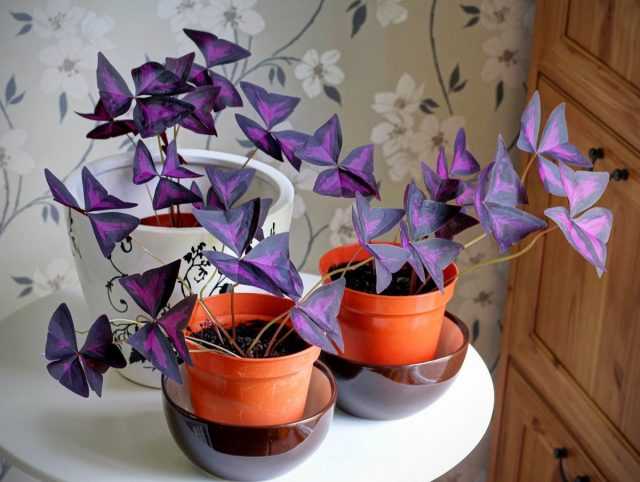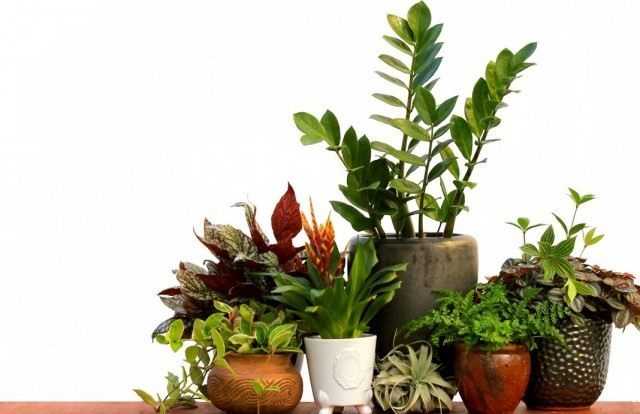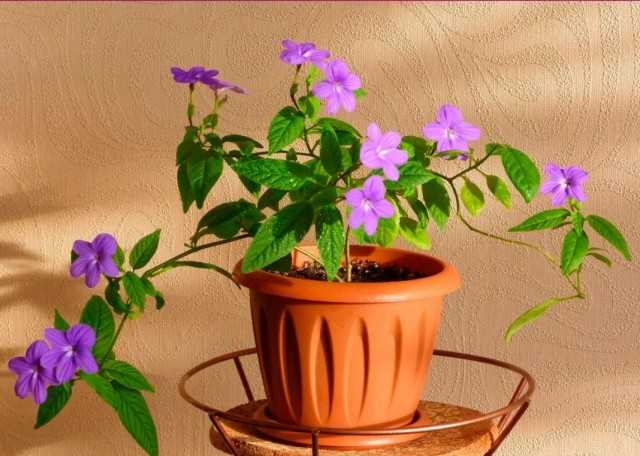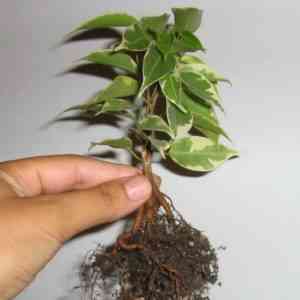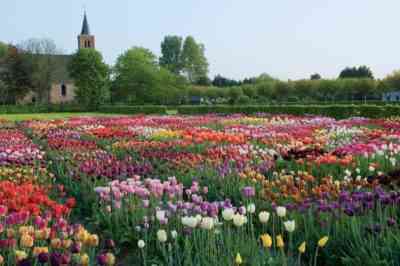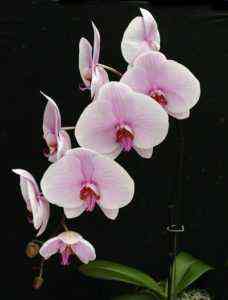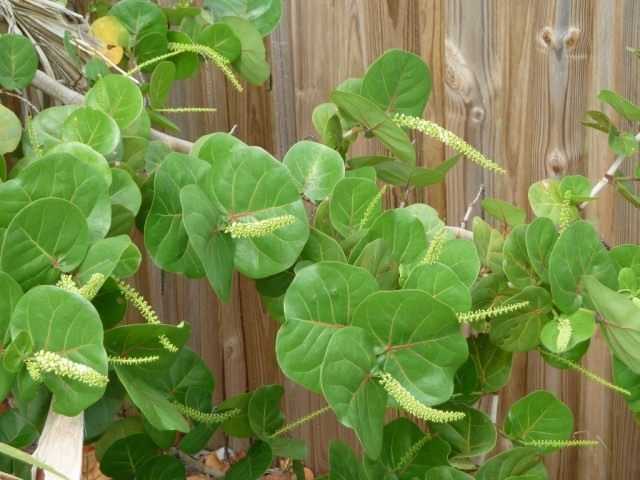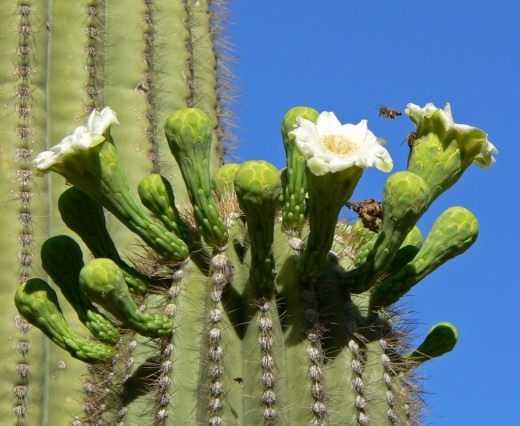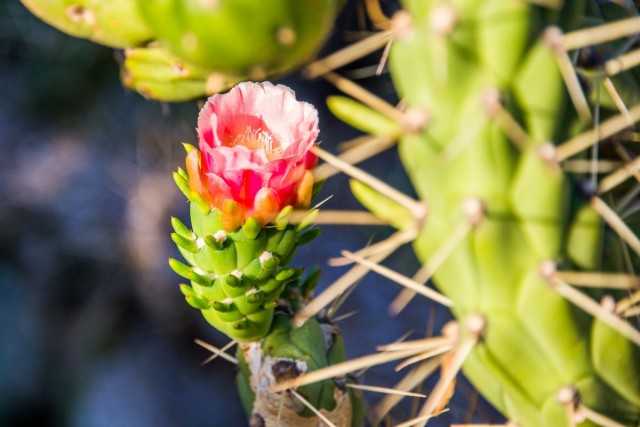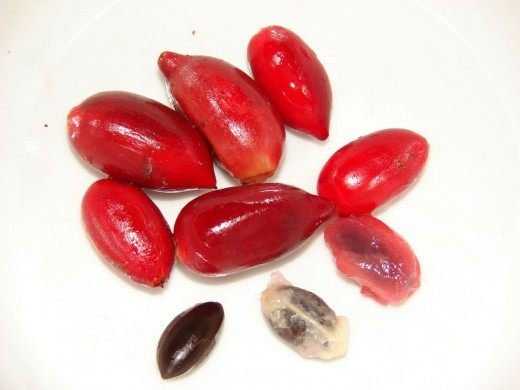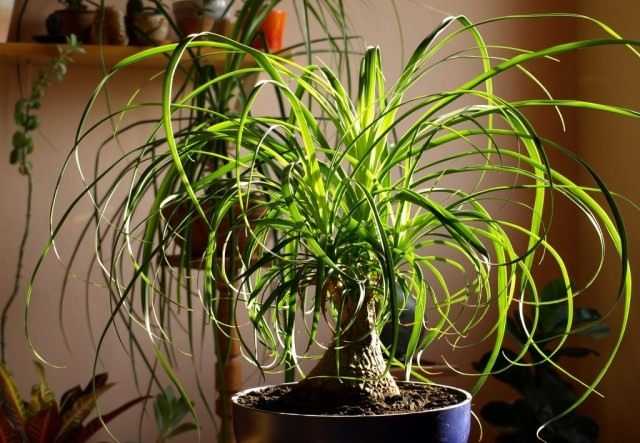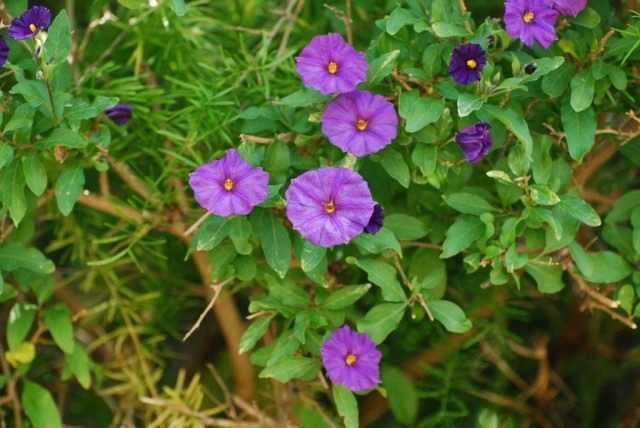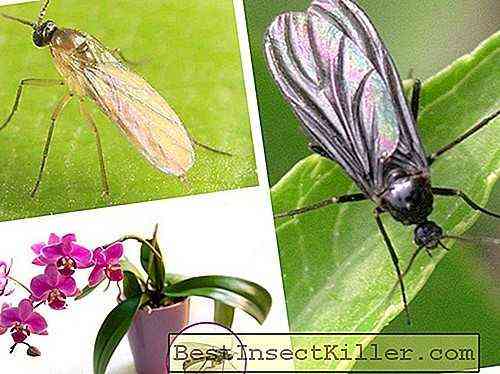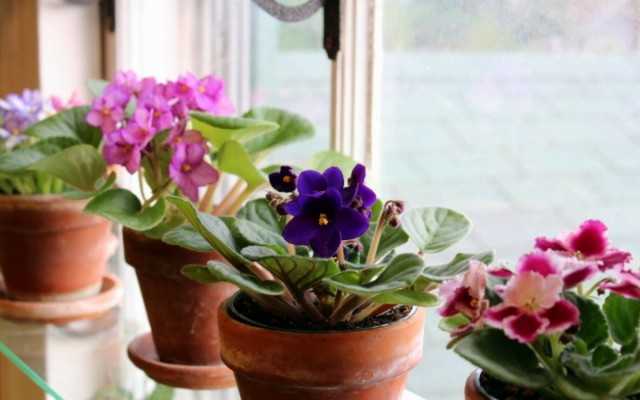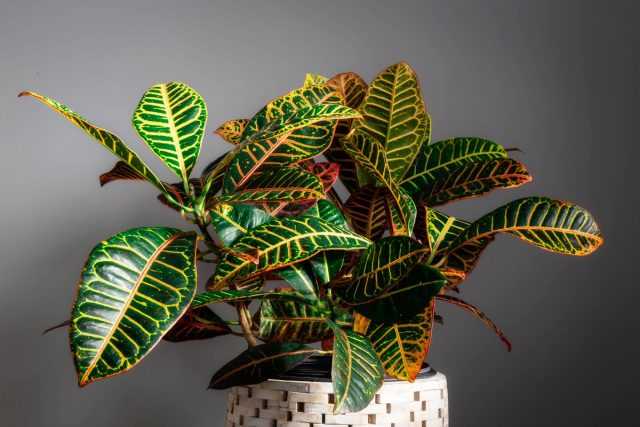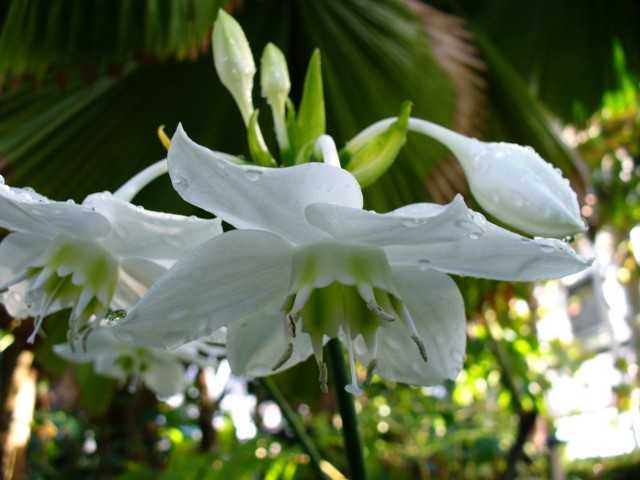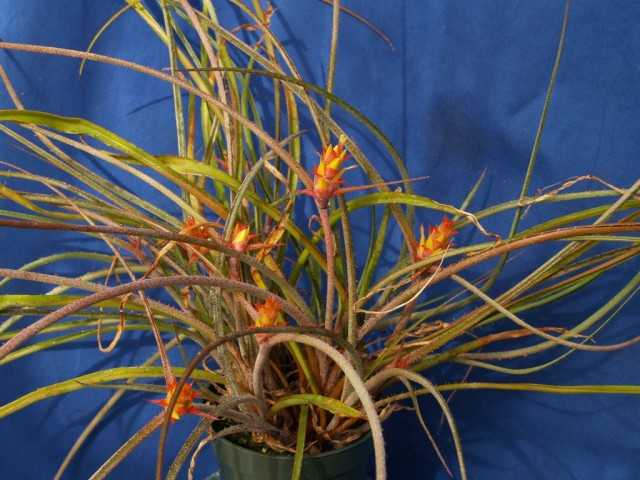Paludarium is one of the most original ways to bring live plants to your interior. And the point is not only that the creation of such a water garden and its maintenance requires a lot of effort. Paludarium is a whole closed ecosystem that imitates a full-fledged water body and is intended for the cultivation of water-loving crops. And if earlier paludariums were really “a toy for the elite”, then modern technologies once again revived interest in them and turned them into one of the most fashionable varieties of florariums.
Paludarium. Farmer Burea-Uinsurance.com DasKnocker
Contents:
Paludarium is a swamp, but not quite
Paludariums – water gardens in the interior. Despite the fact that their name comes from the Latin paluda (swamp) and arium (place), they should not be considered simply indoor bogs. The essence of these complex ecosystems, which are transparent reservoirs with artificially created habitats to contain aquatic plants, are perfectly attested by their nicknames. Among flower growers, paludariums are known as plant aquariums, and as apartment bogs, and aquatic greenhouses or marsh terrariums.
In fact, the paludarium is a greenhouse enclosed in a vessel with high humidity conditions for specific moisture-loving crops, a kind of hybrid of a florarium and a portable pond or aquarium. Three elements are combined in paludariums – earth, air and water.
The Paludarium is definitely an aesthetic and atmospheric object: it influences mood in the same way as garden ponds and any other water objects, bringing calmness, relieving stress, relaxing, setting for rest and promoting full relaxation.
This is one of the most effective objects harmonizing space, which sets the mood and allows you to feel all the delights of communication with nature without leaving your home. In fact, it is the original piece of aquatic plant life in your home. But paludariums have other advantages:
- they are one of the best air humidifiers, similar in effect to any industrial humidifier;
- despite the growing popularity, paludariums remain one of the most unusual and elite landscaping options;
- they allow you to realize the dream of your water garden, even if you do not have a suburban area;
- the most capricious plants can be grown in them.
Paludariums allow you to imitate natural water bodies or their individual fragments. In their arrangement, they are always guided by idealized landscapes – views of a flooded forest, floodplains, island stone beaches, river banks and mountain streams. Depending on what your idea of an ideal water garden is, paludariums can even simulate a waterfall, sheer cliffs, ledges, multi-level ponds.
Paludariums are a variant of the aquatic florarium, which is suitable not only for those who love aquatic gardens and objects and have experience in maintaining an aquarium. Of course, having some practical training will not hurt, but if you dream of your own paludarium, then with enough diligence you will succeed without any experience. Moreover, aquarists will always be able to advise you.
But when deciding to start even a small paludarium, be prepared for the fact that you will have to take care of it: unlike an ordinary florarium, which stands out precisely for its ease of care, an aquatic terrarium requires constant attention.

Indoor water garden structure
Any paludarium consists of two parts – water (submersible) and land (or coastal). Their ratio is practically unlimited and can be chosen at the discretion and purely according to aesthetic principles, selected according to your taste and the desired plants. But the dry, or coastal zone in the paludariums should at least slightly dominate over the water.
Despite the possibility of improvisation, the principles of arrangement of all paludariums are identical:
- At the bottom of the container, a layer of soil or soil is placed in which aquatic plants are planted. The soil can be very different – a disinfected universal substrate, a mixture of leafy soil and gravel in a 1 to 3 ratio with the addition of crushed coal or special soil for water gardens and aquariums.
- The space of the paludarium is divided into a water and a coastal part – a partition is installed and the “shore” is filled up from drainage, fertile and ornamental soil, creating dry land. Usually it is placed at the far wall of the container or shifted to one of the corners. With the help of plastic, glass or mesh partitions, the paludarium can be divided into more separate zones, like a garden pond.
- Plants are planted: water plants – directly into the soil at the bottom, but ground or indoor plants – are placed either in the soil of the coastal zone, or in containers, which are additionally decorated and covered. When planting in the soil, care must be taken that the water does not “heat up” the roots too much. Placing in pots is preferable: in this case, it is much easier to remove the affected crops, and you can change the design of the garden to your liking (not to mention the fact that caring for the paludarium is simplified).
- The water section is filled with clean water (suitable for aquariums) to the desired level.
The technical side of the paludarium
Paludariums are traditionally equipped in aquariums, usually rectangular, but sometimes in round ones. Tank sizes can range from the smallest to the largest, wall-replaceable installations. The only strict parameter that cannot be violated is that paludariums are not placed in containers whose height is less than 50 cm. You can buy ready-made kits and even working paludariums in pet stores.
There are also special containers or installations for paludarium, in which the back wall is made as a shield from materials to which plants are able to attach – bark, pebbles, sand, branches. You can make such a background yourself by gluing a sheet of foam plastic with suitable materials, and then fixing it in the aquarium with a sealant or simply installing it as a background.
The complexity of arranging a paludarium and maintaining the conditions necessary for plants is the main reason that the aquatic florarium practically disappeared at the end of the last century and only a select few fans of original floristic solutions and reptiles knew about it. But the main problem of such a “swamp in an apartment” – maintaining humidity, temperature and lighting – today is easily solved by climate control systems. Paludariums cannot exist without at least the simplest installations. These indoor water gardens require:
- heating the soil (most often it is carried out using special terrarium thermal cords or thermostats);
- a filter or pump for saturating water with oxygen;
- backlight;
- ventilation system for fully enclosed paludariums;
- irrigation system (if you do not install it, you will have to manually spray the plants 2-3 times a day).
The equipment in the paludarium is always hidden behind decorative elements. Plants in the ground, and sometimes in the water part are “planted” on stones, pieces of bark, branches, roots, snags. You can buy ready-to-use pieces of wood and driftwood that have already been processed at any pet store. If you collect decorative fragments of trees in your garden or forest, then you need to treat such a base with boiling water, soak in an insecticide or saline solution, and then boil or soak.
Other natural materials are also used in the design of paludariums – stones, pebbles, aquarium soil. Here they are guided by aesthetic considerations. To create complete images, they often complement the composition with ceramic sculptures and figurines, for example, picturesque ruins or “drowned” treasures.
Plants that can be used in paludariums
The range of indoor plants that love marsh conditions and are suitable for paludariums is rather scarce. But when arranging a water garden in an aquarium, there is no need to be limited only to indoor crops. In the arrangement of paludariums, you can use the entire range of plants suitable for the design of garden mini-ponds and aquariums.
In the aquatic part of paludariums, cultures are usually used that are used in aquariums – lagenandry, cryptocorynes, anubias… But you can also use the garden water cultures that you used in the design of mini-ponds.
Two “obligatory” plants for the above-ground part of the paludarium – tillands и cissus… They are considered classic and almost indispensable crops for the aquarium garden. But no worse for the design of the paludarium, and Spathiphyllum, selaginella, ferns, calamus, aglaonema… If planted in pots, you can use any plants that like high humidity. Any of the epiphytes can be attached to the back wall.
Looks great on bark, branches, rocks and decorative mosses… Decorative elements covered with them can be bought at a pet store, or they can be attached to various surfaces of the paludarium and javanese moss, other bryophytes and independently.

Inhabitants of the paludariums
Despite the fact that paludariums are considered aquariums for plants, there is a place for animals in their design. Of course, you will not be able to combine a classic aquarium with a full-fledged water garden, but some fauna will help turn your “wet florarium” into a little miracle. Aquarium snails or frogs will happily settle in the paludarium.
Paludariums are an ideal habitat for animals that need a combination of water, land and plant-loving reptiles. But in this case, it is necessary to strictly control the conditions, equip paludariums, focusing on the living space necessary for the animal and use only materials and plants, the range of which would be approved by the veterinarian. The arrangement of the inhabited paludarium is approached more strictly.
Paludarium care
The care required for the plants and inhabitants of the paludarium is different in each case. The basic components of water garden maintenance include:
- maintaining humidity (without installing automatic systems – spraying up to 3 times a day);
- exclusion of the spread of fungi and mold (use of distilled water, isolation of plants and their disinfection at the slightest sign of damage);
- timely removal of dry and damaged parts of plants;
- glass cleaning;
- replacement of water (20% of the volume with a frequency of 1 time in 2 weeks);
- feeding (the schedule is selected according to the requirements of specific plants).

